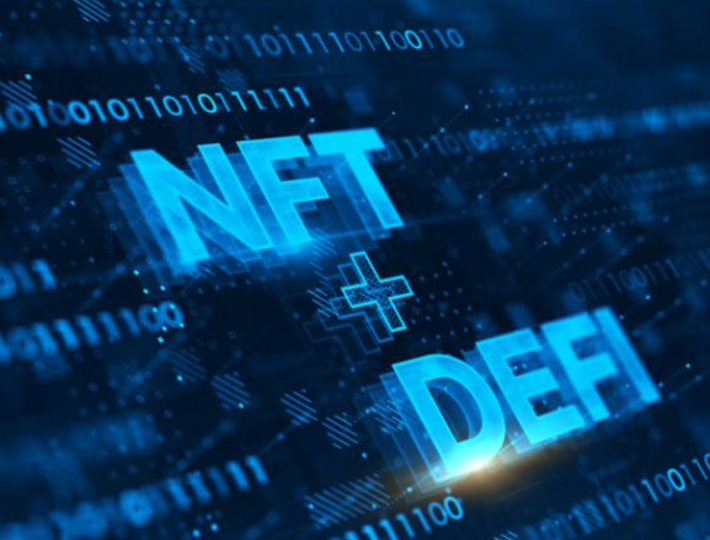NFTs Instrumental To Bringing DeFi To The Masses
Table of contents
The Decentralized Finance (DeFi) ecosystem has witnessed enormous growth and adoption over the last several years. DeFi's Total Value Locked (TVL) has skyrocketed from nothing in 2018 to over $200 billion in 2022. Ethereum alone has over 4 million users, with an 8x surge in 2021 alone. The excitement around DeFi is palpable. Young investors are inspired by their peers' historic success, while others wonder what this means for the future of finance.
DeFi has been largely successful. However, its inability to include some of traditional finance's more appealing features has kept it from completely breaking into the public. Take fixed interest rates, for example, which are almost non-existent in DeFi. Retail borrowers and lenders actively search for fixed interest rates to build wealth steadily over time. To avoid this, DeFi's floating interest rates create a riskier environment that, while lucrative, is unsuitable for the average investor.
In addition, there are concerns about collateralization, liquidity, and security. Even though these assets have a lot of upside potential, moving them around and converting them to various products may be difficult. Furthermore, investors may encounter many roadblocks. Scams, hacking, and digital theft remain major roadblocks for DeFi.

NFTs: The Unusual Solution!
Most people associate NFTs with freshly minted bitcoin billionaires splurging $250,000 for a cartoon ape. In 2021, NFTs were highly sought after in the art and promotional goods collecting fanciful worlds. Meanwhile, the underlying token standards offer a clean slate to build and deploy more complex financial products on DeFi. This is because NFTs can take any data and give it tangibility by cryptographically distinguishing it from any other batch of data. This could either be a 3D model, a document, an image, or basically anything. Anyone who does not have the necessary cryptographic keys cannot edit or access the encoded information.
NFTs aren't just for speculative crypto assets. They may have special qualities relating to their functionality and inherent value. For example, this technology may tokenize existing financial products on the blockchain. This will offer investors a new way to access wider possibilities.
DeFi can also employ tokenized financial assets as collateral to obtain loans. Due to tokenization, the instrument's newfound solidity makes it immeasurably more appealing to lenders than other digital assets. Thus its role as collateral gains more weight and opens up new possibilities. DeFi's cover protocols that protect investors' assets from scams, fraud, or cyber-attacks may include Financial NFTs.
Tokenization can tokenize commodities, real estate transactions, index funds, loans, and virtually anything else. This can help attract mainstream institutions, better equipped to operate in unfamiliar territory. NFTs enable new products, payment systems, supply chain systems, and other features that could help DeFi gain mainstream acceptance.
A New Type of Trade Finance Is Emerging
Even though financial NFTs model after traditional financial instruments, they offer all the advantages of being hosted on a blockchain. This means they are sure to reflect their underlying resources accurately. Furthermore, they can be delivered instantly anywhere in the world for a small fee with protection from forgery, fraud, and theft. NFTs can make DeFi safer, more efficient, and more accessible in practically every way than traditional finance.
Furthermore, NFTs have a lot of potential in supply chain management. They may help consumers verify the origin of goods and services. You can trace a product's full supply chain history from source to sale via NFT tagging. Also, there's immutable and automatic documentation of every step along the way.
NFTs can help companies deliver products quicker. They can do this while reducing costs associated with supply-chain inadequacies. This includes strict regulatory frameworks, human error, fraud, and an excess of middlemen in trade finance, which typically slow delivery.
NFTs may hold the key to bringing DeFi to the masses. This is possible thanks to their ability to help build new products and protect the interests of investors and businesses.

